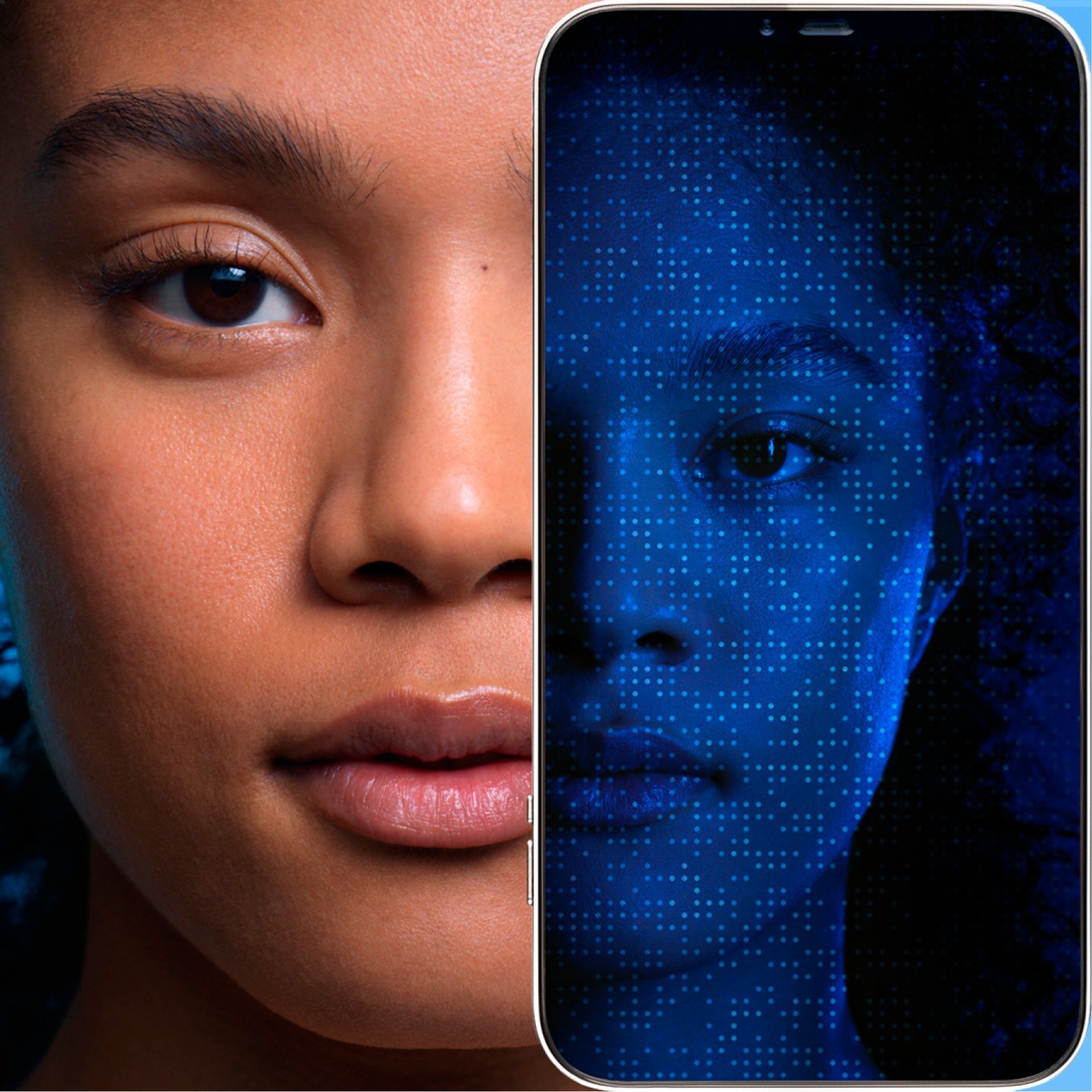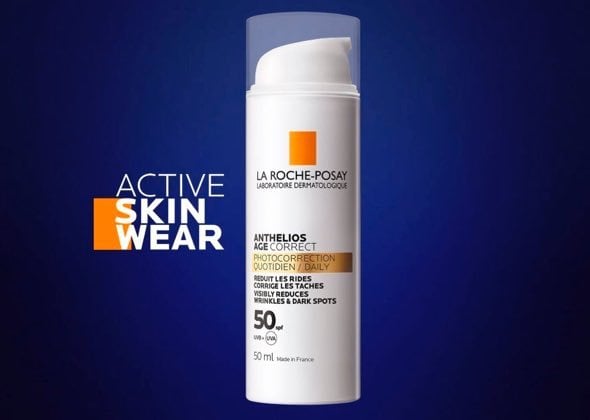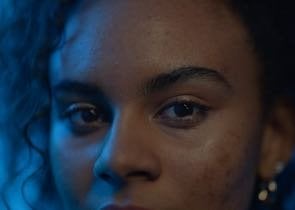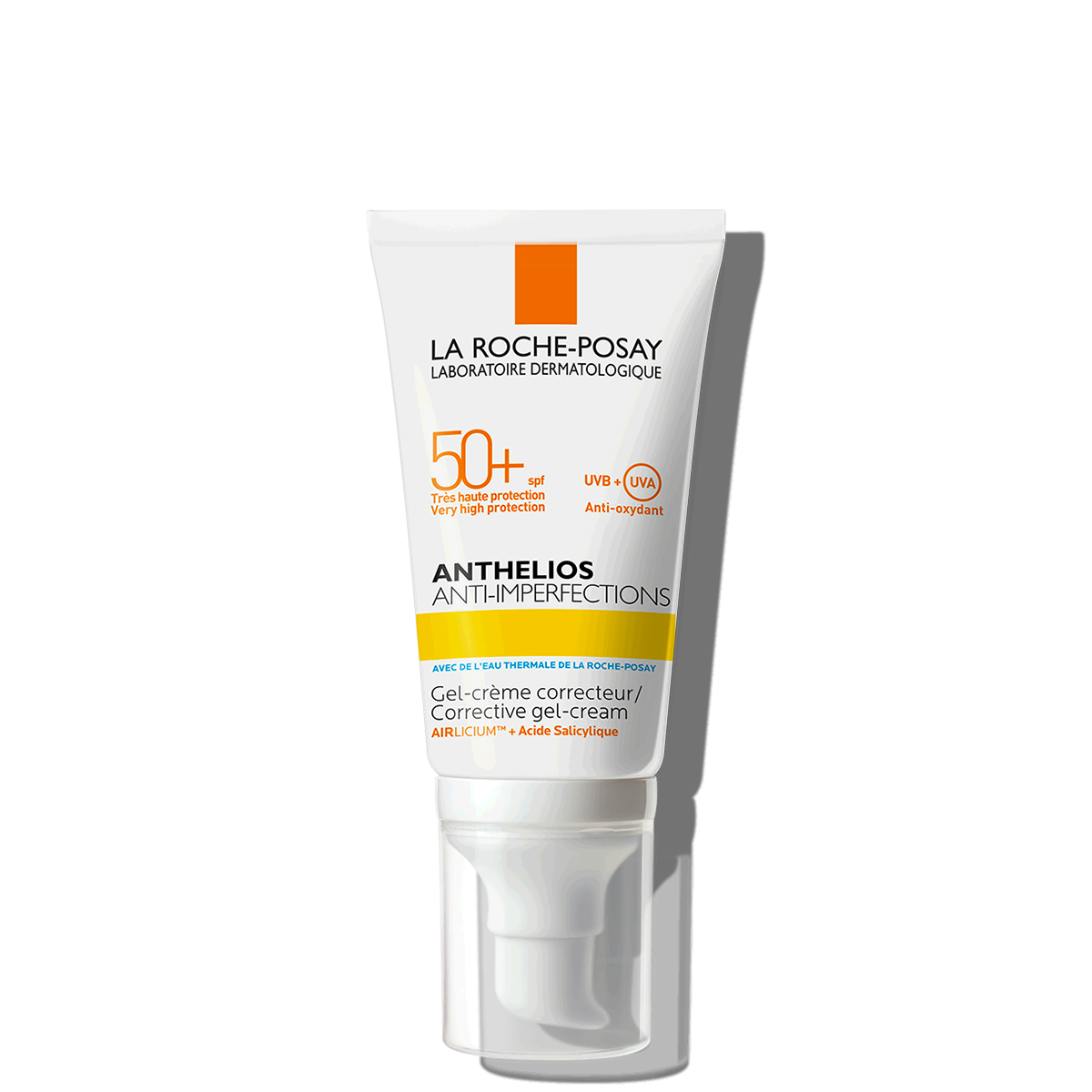Try our free AI Powered Acne Skin Analysis.


HOW TO APPLY:
Apply the sunscreen product just before exposure. Re-apply frequently and generously to maintain protection, especially after perspiring or towelling. External use. Over-exposure to the sun is dangerous. Even while using a sunscreen product because it does not provide 100% protection.
Non-sticky
No white marks.
With La Roche-Posay Thermal Spring Water
For oily skin, also suitable for acne prone skin at risk of UV induced marks and post sun breakouts (rebound effect).
Photostable. Non-comedogenic.
NIACINAMIDE, also known as Vitamin B3. Niacinamide is a multi-action active that meets the 3 major needs of patients with AK-NMSC: it stimulates the skin's natural DNA repair enzymes, improves skin barrier function through decreasing irritation, and accelerating cellular differentiation and healing.
La Roche-Posay Anthelios, recommended by 60 000 dermatologists worldwide*
*Source: Survey on the dermocosmetic market carried out by IQVIA and other partners (Ipsos, TNS) between September 2017 and August 2018 among dermatologists in 61 countries.
12 Months
-
Tube
-
Adults
-
Lasting shine control
No white marks
Prevents UV-induced marks -
Face
Neck
KEY INGREDIENTS
LET'S TAKE A LOOK INSIDE
SALICYLIC ACID & NIACINAMIDE
AIRLICIUM TECHNOLOGY
XL-PROTECT
A powerful blend of UV filters and anti-oxidants that goes above broad-spectrum UVA and UVB protection to shield against damage from other skin aggressors such as infrared and pollution.
C223573/1
IT'S PROVEN
WHICH ONE DO YOU NEED?
THE PERFECT MATCH
FOR YOUR SKIN
THE ANTHELIOS WINNING TRIO
GESTURE FOR A SUN EXPOSURE FOR ACNE-PRONE SKIN
DISCOVER THE OTHER
PRODUCTS OF THE RANGE
ANTHELIOS is a pioneering player in the suncare market. Its broad-spectrum, very high protection is the result of more than 25 years of advanced clinical research into suncare and sun sensitive skin.

Did you
know?

38% of people still don’t regularly protect themselves from UV*. ANTHELIOS products make everyday sun protection easy.
*Source: Skin cancer prevention global report - IPSOS LRP - February 2015












